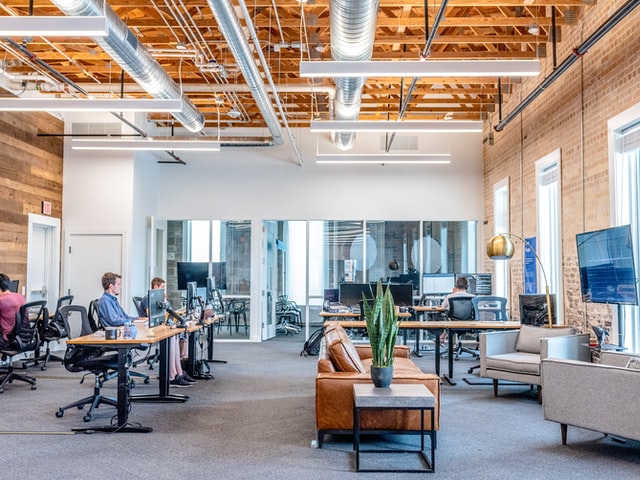
04 Apr Use of Air Conditioning in Buildings during COVID-19 Pandemic
Since the outbreak of the COVID-19 pandemic early in March 2020 in Malta, a number of business and property owners have spoken to us at Sammut & Associates and asked us questions in relation to the safety and risks of heating, ventilation and air conditioning systems in their office buildings.
Although each building is a unique environment and merits consideration on a case-by-case basis, we thought it would be useful to inform of the main guidelines addressing concerns related to the COVID-19 pandemic that are coming out of industry and to offer these to our customers to help them make better informed decisions in the interest of health and safety.
Guidance from industry experts
In response to the COVID-19 coronavirus pandemic, a group of experts from the Federation of European Heating, Ventilation and Air Conditioning Associations (REHVA) have produced guidance on how to operate and use building services in areas with a coronavirus outbreak.
The main aim of the document is to prevent the spread of coronavirus through Heating, Ventilation and Air Conditioning (HVAC) systems in commercial and public buildings such as offices, schools, shopping areas and sports premises.
Since at this stage, scientific information and research on the virus causing the pandemic, the SARS-CoV-2, is limited, these recommendations have been based on evidence that has emerged from the disease caused by the SARS-CoV-1, which had occurred in 2003-2004.
Although the guidance that is being issued and updated by the REHVA is targeted at professionals of the built environment, including building engineers, HVAC experts, and facility and plant managers, it is useful for property and business owners to be aware of the main findings of this group of experts, and to know how best to operate and use these buildings in order to prevent the spread of the COVID-19.
Air transmission
In view of the two main routes of transmission of the virus – large droplets, emitted when sneezing, coughing or talking, and via surface contact, hand to hand or hand to surface – a lot of emphasis is placed on measures that prevent transmission by air by controlling the flow of air in buildings.
Increase air supply and ventilation
In general, the advice is to supply as much outside air as possible, to expand operation times for buildings with mechanical ventilation, and to consider keeping the ventilation on 24/7 when people are absent.
It is also important that in office spaces where the number of employees is reduced, either because some are working remotely, or because the workers are taking it in turns to come into the office building, these employees are not transferred to smaller areas.
Use more natural ventilation
In buildings that do not have systems for mechanical ventilation, it is recommended to open windows to let in as much natural ventilation as possible, even if, at this time of the year, it is recognised that this might cause discomfort due to outside temperatures that are below the preferred range for comfort.
No use of recirculation
If centralised air handling units have recirculation, any virus present can re-enter the building. In view of this, the advice is to avoid using central recirculation and closing the recirculation dampers. Decentralised systems, such as simple split type or VRF connected indoor air conditioning units, that make use of local circulation, should be turned off to avoid keeping the particles in suspension (hanging in air) in a given room.
Obviously, new insights are being generated as we gain more information about the behaviour of the virus, and the risks to human health.

